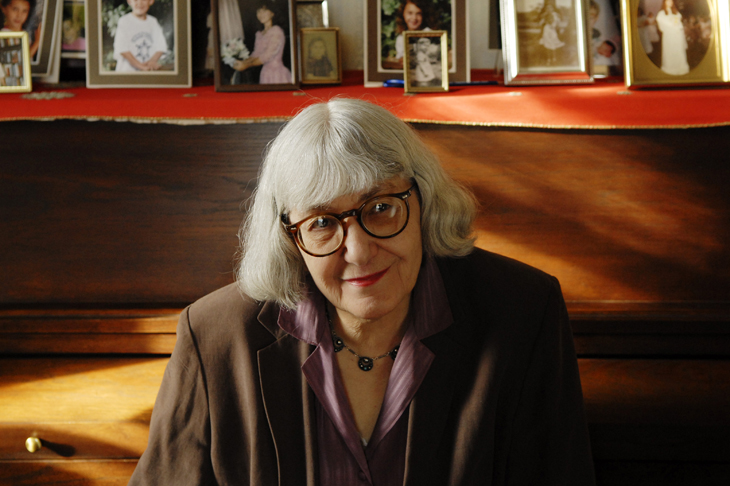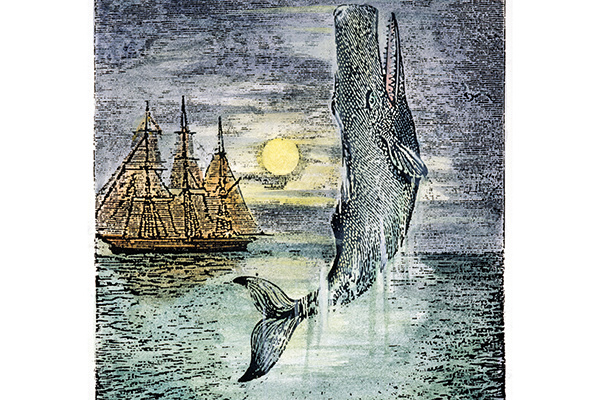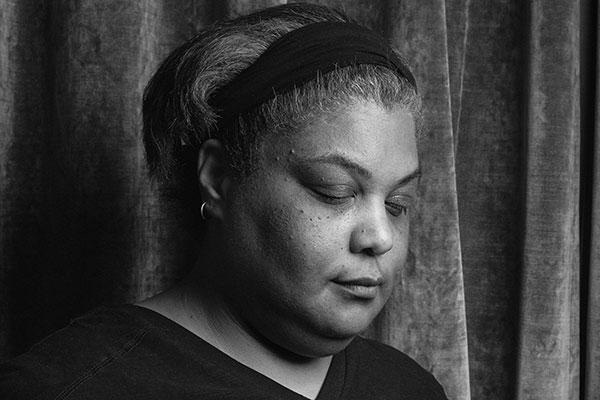Letters of Intent — letters of the intense. Keen readers of Cynthia Ozick (are there any other kind?) will of course already have copies of the books from which these often fiery essays have been selected. There’s a broad range of work represented here, from personal essays through to Ozick’s often rather profound philosophical enquiries into the meaning of art and religion — though the inclusion of no fewer than five essays on Henry James, two on Kafka, two on Virginia Woolf and two on Saul Bellow might make one wish for a little more breathing room, a little more...
Already a subscriber? Log in
Subscribe for just $2 a week
Try a month of The Spectator Australia absolutely free and without commitment. Not only that but – if you choose to continue – you’ll pay just $2 a week for your first year.
- Unlimited access to spectator.com.au and app
- The weekly edition on the Spectator Australia app
- Spectator podcasts and newsletters
- Full access to spectator.co.uk
Unlock this article
You might disagree with half of it, but you’ll enjoy reading all of it. Try your first month for free, then just $2 a week for the remainder of your first year.














Comments
Don't miss out
Join the conversation with other Spectator Australia readers. Subscribe to leave a comment.
SUBSCRIBEAlready a subscriber? Log in